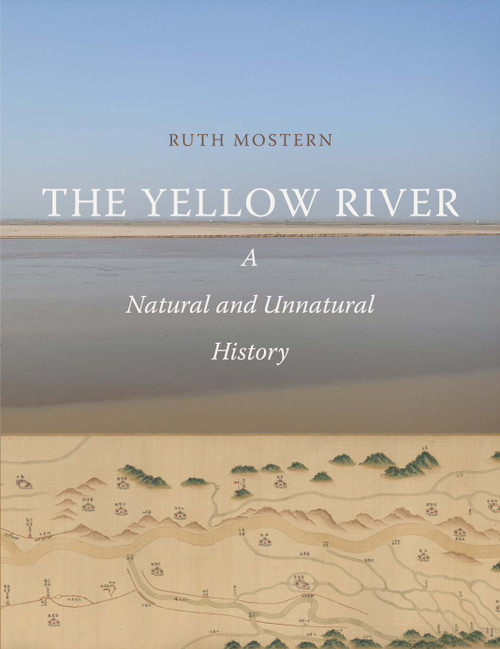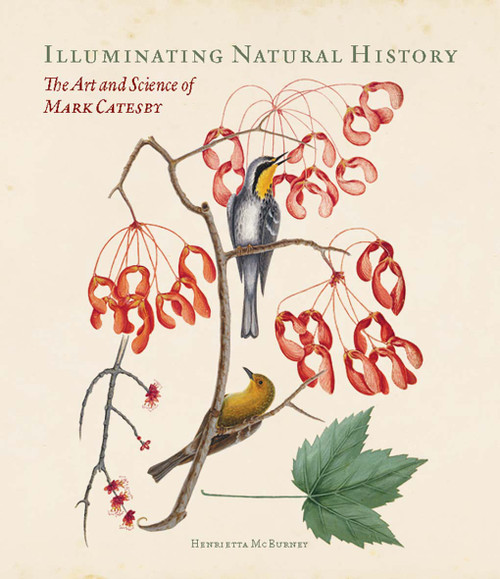A three-thousand-year history of China's Yellow River and the legacy of interactions between humans and the natural landscape "No other scholar has produced such a systematic, comprehensive account of the long-term changes in the river's function and structure. I consider it to be the definitive work on the topic of the Yellow River to date."-Peter C. Perdue, author of China Marches West: The Qing Conquest of Central Eurasia From Neolithic times to the present day, the Yellow River and its watershed have both shaped and been shaped by human society. Using the Yellow River to illustrate the long-term effects of environmentally significant human activity, Ruth Mostern unravels the long history of the human relationship with water and soil and the consequences, at times disastrous, of ecological transformations that resulted from human decisions. As Mostern follows the Yellow River through three millennia of history, she underlines how governments consistently ignored the dynamic interrelationships of the river's varied ecosystems-grasslands, riparian forests, wetlands, and deserts-and the ecological and cultural impacts of their policies. With an interdisciplinary approach informed by archival research and GIS (geographical information system) records, this groundbreaking volume provides unique insight into patterns, transformations, and devastating ruptures throughout ecological history and offers profound conclusions about the way we continue to affect the natural systems upon which we depend.







